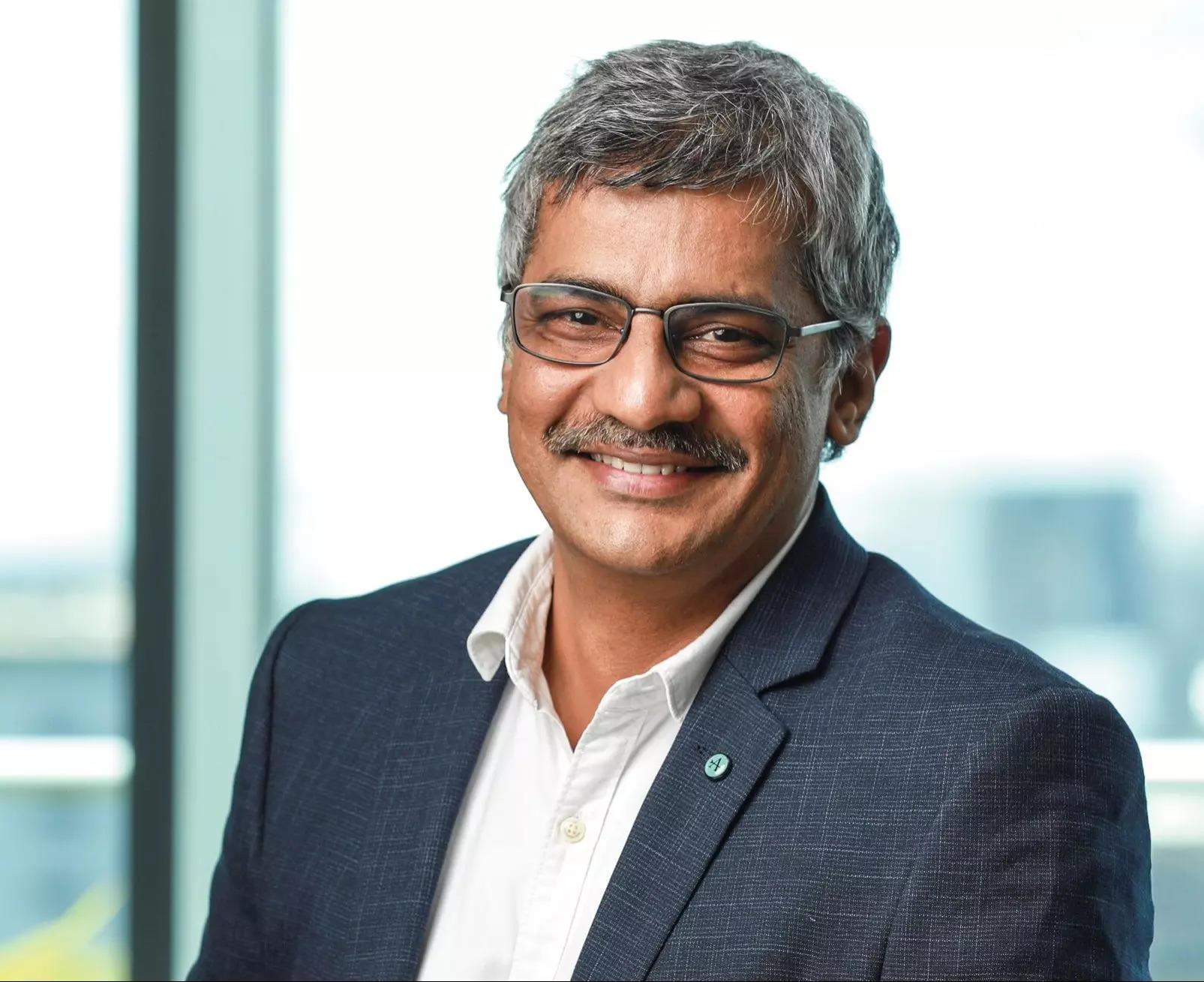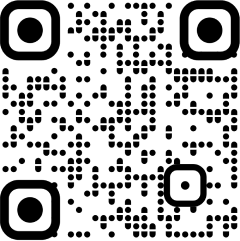
If a model from any of Daimler Trucks’ 6 brands faces a major snag, say in a North American market, an engineering team in Bengaluru may receive a not-so-pleasant call. But, quite likely, the team will celebrate if the truck avoided a major accident thanks to the intervention of the lane keeping assist system in the vehicle developed by it at the Daimler Truck Innovation Center India, Bengaluru. The team is also responsible for a whole lot of other electronics and software that go into the Daimler trucks globally.“It’s like we share the pain and the gain. If everything is right, it’s ours to celebrate. If something goes wrong, it’s our head on the block,” Raghavendra Vaidya, MD & CEO, Daimler Truck Innovation Center India (DTICI) told ETAuto. The level of responsibility of this organisation, born in 2021 as a result of the global restructuring of Daimler, is only going to get higher.
New vehicle operating system
The most crucial product will be the new Daimler truck operating system in which DTICI is playing a major role. Commercial vehicles, which are mainly mechanical now, are set to get a software-driven makeover as the Software Defined Vehicle (SDV) trend gathers pace. Unlike in passenger vehicles, whose software content has been on the rise for years, the evolution in the commercial vehicle space is expected to be “dramatic”, especially in the more matured Western markets.
The architectural software and electronics getting designed by engineers at DTICI could play a significant role in this transformation. The new operating system will be responsible for making the next generation Daimler brand trucks qualify as SDVs. “This is an evolving architecture, to make the trucks more intelligent and software-driven, rather than hardware- driven,” Vaidya said. Brands owned by Daimler Trucks are Mercedes-Benz, Freightliner, Western Star, Thomas Built Buses, FUSO, Bharat Benz, and Setra.
Still a few years away from commercial production, the software driven architecture, according to Vaidya, is “a complete overhaul of how we do vehicle software. So it’s not like putting in the new ECU or putting in a new bit of software.”
For the current crop of vehicles, DTICI designs software for multiple driver assistance features, some of which come together to offer Level 2 autonomous driving. The India base is also the global hub for connected tech in commercial vehicles from Daimler Trucks. “We connect the truck, we keep streaming the data, and then we use it on the cloud, we analyse it, and we send the feedback back to the truck. And that’s how the truck becomes more intelligent,” explains Vaidya. With connected tech also offering OEMs new revenue streams, DTICI will also indirectly contribute to its parent’s profitability, which is one of the focus areas for Vaidya to build the company’s strategy.
Digital infrastructure
The DTICI engineers are engaged in projects beyond advanced software for trucks and buses. They are also working on building new IT infrastructure for PLM (Product Lifecycle Management) and PDM (Product Data Management), also considered as the “nerve centre of the business”. Simply put, the responsibility on the team in Bengaluru is tremendous. “If this goes wrong, we can’t design, we can’t manufacture, we can’t sell or service trucks. This needs deep understanding of the automotive sector, deep understanding of product, PLM, the product data structure, and a lot of cloud knowledge,” says Vaidya. The global,highly complex project is expected to cost “triple digit million euros” and may take five to seven years.
The requirement of “entirely re-implementing” the IT platform arose due to the reorganisation of Daimler. which led to the car and commercial vehicle businesses to become two separate companies. On similar lines, DTICI was also carved out of MBRDI (Mercedes-Benz R&D India), the German OEM’s largest global engineering centre outside Germany.
About the latest of the two critical global engineering centres of Daimler, Vaidya said, “Our strategy is to build an engineering centre, where we work on core engineering topics, not the ones which are on the fringe. They help to innovate for the global businesses. And, it is a challenge to our engineers.”
Best-ever time for Indian talent
DTICI, formally inaugurated on March 8, 2021, would qualify as the youngest among the other global engineering centres in India. The other global centres from the auto industry are of Stellantis, Renault-Nissan, Bosch, Continental, and ZF. With the growing trend of softwarisation of the automobile, times were never better for Indian engineering talent.
“I think India is providing this intelligence to the world to make things better using software. And there isn’t a better place than India to innovate around software, and it can be done remotely. We’ve been very successful in moving up the value chain not only in coding the software, but also designing, architecting and conceptualising it,” says Vaidya, who also adds that times were “never better for Indian talent, and never better for advanced technology companies to come to India and build engineering centres, and take it to the next level”.
As for DTICI, Vaidya wouldn’t reveal the size of the engineering team, but it is expected to grow by 35% this year, if not more. “This is the only centre where you will find engineers working on every brand of Daimler Trucks and for every region, which means we are in a unique position to understand how designing and IT and software is done across brands.” Daimler Trucks has engineering centres in Mexico, and Turkey too.
The core engineering work done at DTICI will take some time to reflect on BharatBenz trucks in the more cost sensitive market of India. “It is more a function of what the logistics industry in India is demanding from us, than what it is that we can give it to them,” says Vaidya. The Indian engineers in Bengaluru will have to wait to see their fruits of labour in action in their home country.
















